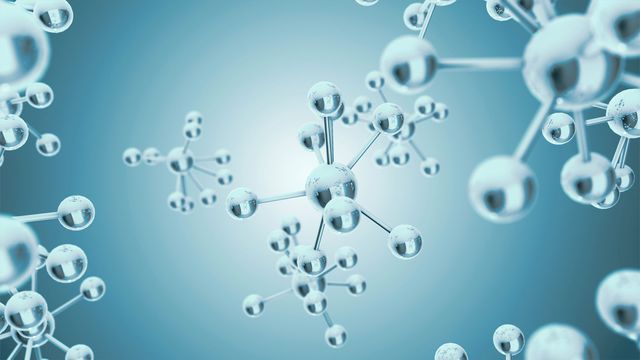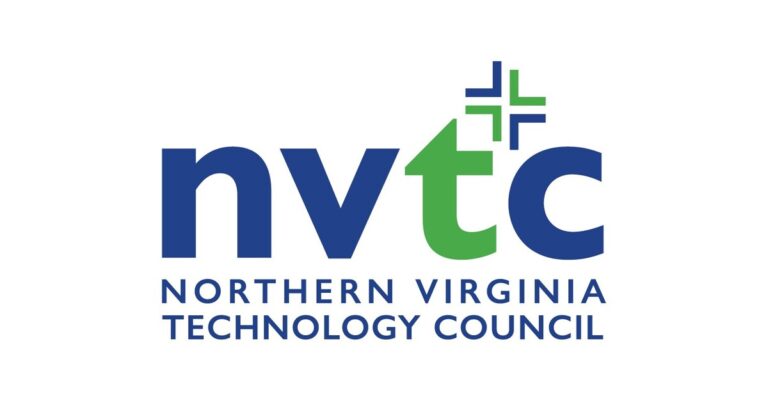
Thank you. Listen to this article using the player above. ✖
The 2025 American Society for Mass Spectrometry (ASMS) conference brought together scientists, instrument developers and thought leaders to unveil current and future developments for analytical science.
The Technology Networks team chatted with various experts about what they believe will be important technological advances in mass spectrometry (MS). From boosting throughput to minimizing instrument size, the focus is on creating more powerful, robust and integrated systems that fit into increasingly compact lab spaces.
Moving beyond the bottom-up plateau
One of the most striking shifts is the industry’s move beyond the plateau of bottom-up proteomics. “We’ve had 35 years of bottom-up proteomics and we’re reaching a rate of diminishing returns,” said Dr. Rohan Thakur, president of Bruker Daltonics. Despite remarkable advances, most high-end systems currently top out at identifying around 9,000 protein groups. The missing piece? Biological meaning.
With the introduction of platforms like the timsOmni, many believe the field is now poised to embrace functional proteomics. That means going beyond cataloging proteins to analyzing proteoforms – the specific versions of proteins modified through splicing, cleavage or post-translational changes that may drive disease. “I think the instrument [timsOmni] is going to bring the ability to look at proteoforms, pathological proteoforms and that would have an impact in the next five years,” Thakur added.
Making space for innovation
Researchers and instrument manufacturers alike are also addressing another challenge: doing more with less space.
“We have heard over and over again, customers are getting their lab spaces squeezed,” said Shane Tichy, associate vice president of research and development, Liquid Phase Division, Life Sciences & Diagnostics Division, Agilent.
Compact, modular designs are no longer a luxury – they’re becoming a necessity for labs juggling multiple workflows under one roof. “Imagine if we could have a stackable, high-resolution liquid chromatography-mass spectrometry (LC-MS) system,” Tichy added.
Tichy emphasizes there is a push to “develop instrumentation at a decent price for the customer to be able to do top-down proteomics and native state, large molecule proteins,” which is of growing interest. Once considered niche or prohibitively expensive, these methods are now edging closer to the mainstream thanks to advancements in instrument design and affordability.
Accelerating and simplifying mass spectrometry
Speed was another recurring theme at this year’s conference – not just in data acquisition, but in getting meaningful results to researchers faster.
“Today, we talk about hundreds of hertz data acquisition,” said Dr, Jim Langridge, director and advanced MS technologies and scientific fellow at Waters. “But the technology is capable of moving to thousands of hertz.”
As sample and data throughput become more central to both research and clinical settings, manufacturers are racing to design instruments that can keep up without compromising performance.
Alongside speed comes the need for robustness: new systems must handle complex samples without frequent cleaning or maintenance. “How do we make instruments more robust to sample contamination so that downtime is minimized and productivity is maximized?” Langridge asked. It’s a question being answered with smarter engineering and smarter software.
MS has long been admired for its precision, but not necessarily its ease of use. For clinical labs and industrial settings, simplicity is paramount. “MS is complex, takes time and it’s also a cost factor,” said Dr. Arnd Ingendoh, vice president of business development at Bruker. As a result, traditional assays (e.g., immunoassays) remain the default, despite their limitations. But technologies like DART (direct analysis in real time) are challenging the status quo by offering high-throughput, user-friendly alternatives for a range of applications – from clinical diagnostics to food and environmental safety. “We strongly believe that our DART technology can make a change here,” Ingendoh said, emphasizing the need for streamlined workflows that open MS to new users.
A multi-modal future for mass spectrometry
Looking ahead, one buzzword loomed large: multi-modal. As biological systems become increasingly understood through the lens of integration – combining genomics, proteomics, metabolomics and imaging – MS is expected to play a central role.
“You can get spatially resolved genomics, transcriptomics, proteomics… and overlay that with classical immunochemistry or MRI volumes,” said Dr. Pierre Chaurand, professor in the Department of Chemistry at the University of Montreal.
By layering diverse data types, researchers can build more complete models of disease and health. When paired with artificial intelligence-driven analysis, these datasets become even more powerful, revealing novel pathways and interactions that would otherwise remain hidden.
MS is no longer confined to specialized labs or academic centers. It’s becoming faster, smaller, smarter and more intuitive – moving toward a future where even complex molecular insights can be gathered in real time, with minimal footprint and maximum impact. As the industry continues to push the boundaries of what’s measurable and actionable, MS is well on its way from being a powerful tool to becoming an essential one.





